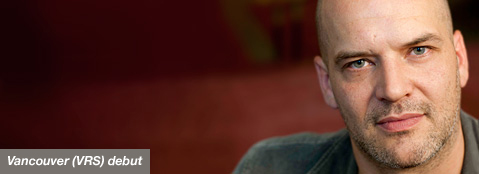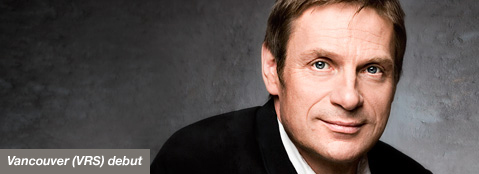Tag: baritone
-

PROGRAM NOTES: FLORIAN BOESCH
A recital of Lieder set exclusively to poems of Heinrich Heine and composed solely by Schubert and Schumann is particularly apt inasmuch as Heine was born the same year as Schubert (1797) and died the same year as Schumann (1856). He was not only one of Germany’s leading romantic authors, he also wrote about travel,…
-

GETTING TO KNOW: SIMON KEENLYSIDE
“I am a story teller, I am a narrator.” “I spend my entire working life dealing only with beauty; I rarely sing with a piece of music in front of me, so all of these beautiful songs are committed to memory.” Performing opera does not come without its risks: injuring his back in one…

